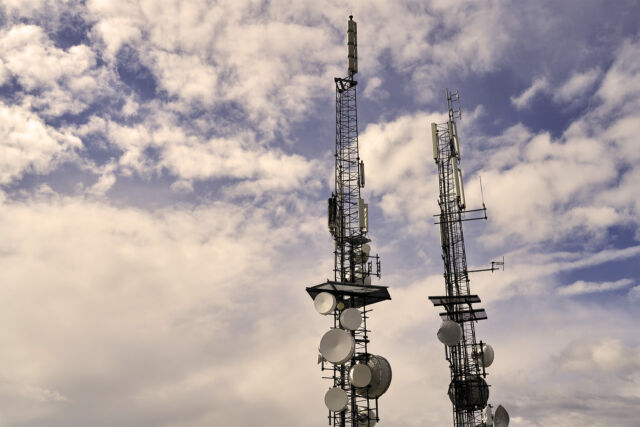A team of researchers from the National University of Singapore (NUS) developed perovskite solar cells with an active area of 1 cm2 and a world-record efficiency of 24.35 percent.
This accomplishment paves the way for more affordable, effective, and long-lasting solar cells.
The photovoltaic (PV) community adopts a standard dimension of no less than 1 cm2 when assessing the efficacy of one-sun solar cells in the “Solar Cell Efficiency Tables.”
This ensures they submit uniform evaluations and grading of various solar cell technologies. Before the NUS team achieved its record-breaking performance, the best 1-cm2 perovskite solar cell had a power conversion efficiency of 23.7%.[1]
The world’s energy future depends on this revolutionary success in maximizing power generation from next-generation renewable energy sources.
What are Perovskite Solar Cells?
Perovskites exhibit high light absorption efficiency and ease of fabrication, making them promising for solar cell applications. In the past decade, perovskite solar cell technology has achieved several breakthroughs, and the technology continues to evolve.
NUS research team led by Assistant Professor Hou Yi developed innovative, scalable technologies to improve 1-cm2 perovskite solar cell efficiency, aiming to bridge the efficiency gap and unlock larger-sized device potential.
The team comprised scientists from the Department of Chemical and Biomolecular Engineering under the NUS College of Design and Engineering and the Solar Energy Research Institute of Singapore (SERIS), a university-level research institute in NUS.
He added, “Building on more than 14 years of perovskite solar cell development, this work represents the first instance of an inverted-structure perovskite solar cell exceeding the normal structured perovskite solar cells with an active area of 1 cm2, and this is mainly attributed to the innovative charge transporting material incorporated in our perovskite solar cells. Since inverted-structure perovskite solar cells always offer excellent stability and scalability, achieving a higher efficiency than normal-structured perovskite cells represents a significant milestone in commercializing this cutting-edge technology.”
How Did They Achieve this Stable Solar Cell Technology?
The record-breaking accomplishment was successfully incorporating a novel interface material into perovskite solar cells.
“The introduction of this novel interface material brings forth a range of advantageous attributes, including excellent optical, electrical, and chemical properties. These properties work synergistically to enhance both the efficiency and longevity of perovskite solar cells, paving the way for significant improvements in their performance and durability,” explained team member Dr. Li Jia, a postdoctoral researcher at SERIS.
The NUS team’s encouraging findings represent a crucial step in developing a low-cost, stable, and efficient perovskite solar cell technology.
“Our findings set the stage for the accelerated commercialization and integration of solar cells into various energy systems. We are excited by the prospects of our invention that represents a major contribution to a sustainable and renewable energy future,” said team member Mr Wang Xi, an NUS doctoral student.
According to Asst Prof Hou, the team’s next goal is to enhance the technology’s performance.
The team is developing a customized accelerating aging methodology to improve perovskite solar cell stability, aiming to deliver 25 years of operational stability from lab to fab.
References
- National University of Singapore, ‘Perovskite solar cells invented by NUS scientists set new world record for power conversion efficiency’, 22 June 2023, https://news.nus.edu.sg/perovskite-solar-cells-set-new-world-record-for-power-conversion-efficiency/[↩]





